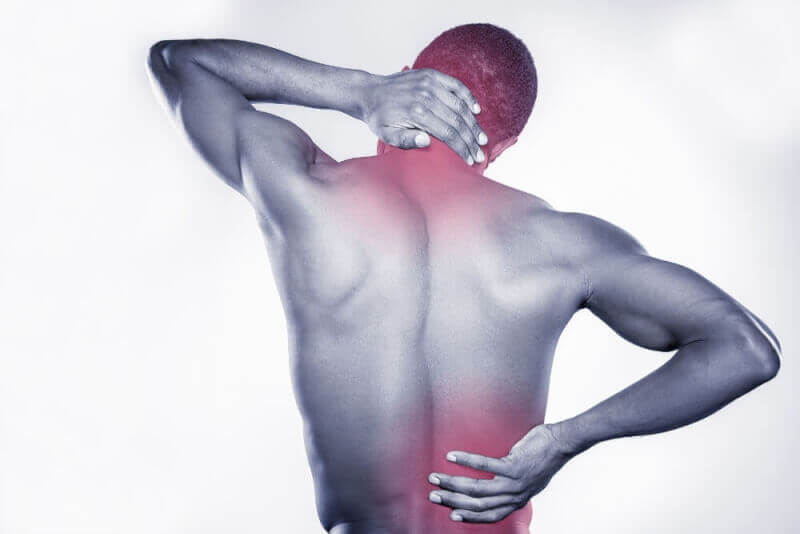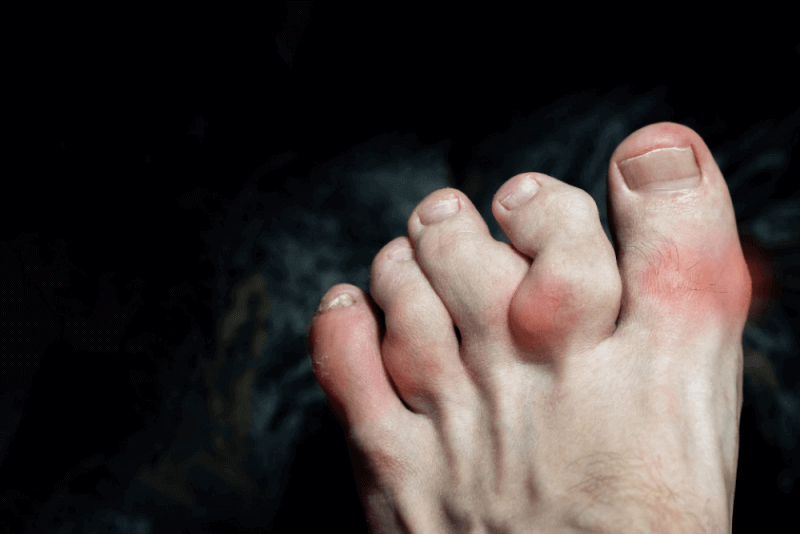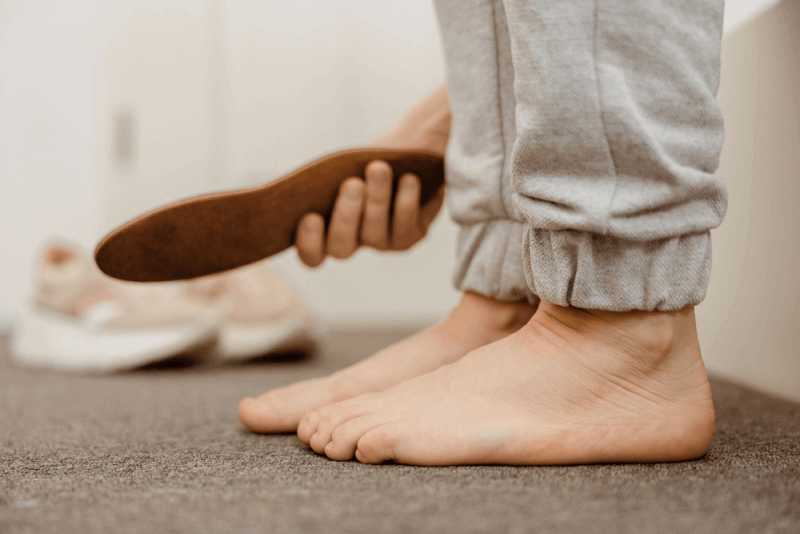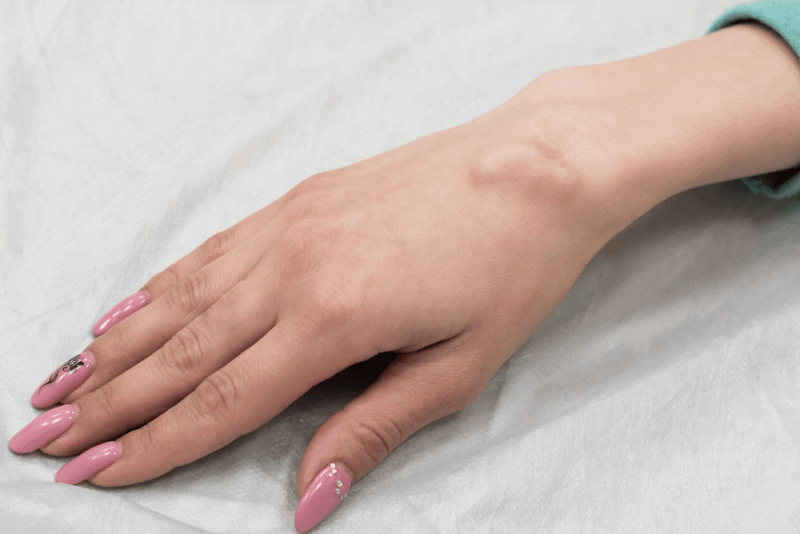What is tendinosis?
Tendons, which connect the muscles to the bones, also play a role in the realization of movement. Tendinosis is one of the health problems seen in tendons. In general, it is the name given to the damage that occurs as a result of micro traumas due to repetitive movements in the tendons.
These degenerations, also called degeneration, are particularly common in the thumbs, Achilles tendon, shoulder, knee and hip tendons. Tendinosis is recognized as a chronic disease. The reason for this is that tendinosis requires repetitive movements to occur. Continuously performing the same movement also puts strain on the tendons and in the long run leads to tendinosis.
Tendinosis diagnostic criteria
The first step in the diagnosis of tendinosis is to take a detailed history of the patient. The questions to be addressed to the patient at this stage include the following.
- What complaints the patient has
- When symptoms start
- What are the activities in daily life
- How the pain changes with which movement
In addition to these questions, it is also necessary to ask whether there is any tendon disease in the patient's family. During the physical examination, the problem area should be examined manually and visually. At this stage, the tendon should be examined for swelling, redness or restriction of movement.
Tendinosis can usually be diagnosed after a physical examination. However, some imaging methods can also be used to confirm the diagnosis. These imaging studies examine the structure of the tendon, the extent of damage and other possible causes. The image methods applied for this purpose include the following.
- Ultrasonography
- Magnetic resonance imaging
Finally, although rarely preferred, some patients undergo additional examinations. These examinations are generally preferred when tendinosis is thought to be associated with other health conditions. Additional tests include a biopsy and some blood tests. This can help detect the presence of any infection, as well as diagnose systemic diseases and other potential illnesses.
Symptoms of tendinosis
The symptoms caused by tendinosis vary according to the tendon and its severity. However, there are also common complaints that patients may have. These complaints include the following.
- The characteristic symptom of tendinosis is pain. This pain usually increases with activity and subsides during rest.
- Mild swelling limited to the affected tendon area
- Tendinosis causes changes in the tendon structure, resulting in weakness in the muscles in the problem area.
- Tenderness occurs in the affected tendon
- Reduced flexibility of the affected muscles due to tendinosis.
- Reduced flexibility is likely to lead to restricted movement or stiffness in the muscles.
- In some patients, sounds resembling rattling can be heard in the affected tendons during movement.
Causes of tendinosis
Because there are many tendons in the body, tendinosis occurs in different areas of the body. There are many factors that cause tendinosis to occur. Among the most common moments among these factors are the following.
- Tendon overload
- Repetitive movements
- Aging
- Anatomical factors
- Poor posture
- Metabolic factors
Tendinosis is usually caused by repetitive movements that place excessive stress on a particular part of the body. For this reason, it is often seen in people who do sports regularly. Tendinosis that develops over time can also be seen in the aging process, which is a natural process for the body. In cases of tendinosis with advancing age, there is usually no constant pressure on a particular muscle.
In addition, the patient's tendon structure or some anatomical factors increase the risk of tendinosis. People who suffer from postural disorders due to incorrect body mechanics also often suffer from tendinosis. In addition, devices used with incorrect techniques cause excessive load on the tendons.
Causes such as diabetes, hormonal disorders or gout can cause degeneration of the tendons, increasing the risk of tendinosis. Tendinosis requires a combination of several of the risk factors mentioned above, supplemented by a genetic predisposition, poor diet or smoking.
Tendinosis treatment methods
Several different methods are often used in combination in the treatment of tendinosis. An important part of the methods used are conservative treatments. Among the methods frequently used in the treatment of tendinosis are the following.
- Rest
- Cold or hot compress application
- Nonsteroidal anti-inflammatory drugs
- Physical therapy applications
- Exercise programs
- Extracorporeal shock wave therapy (ESWT)
- Steroid injections
- Surgical interventions
Patients with tendinosis should rest the damaged tendon regardless of the treatment. This helps the tendons to heal faster. Cold compresses should be applied to reduce pain and swelling. Especially in the early stages of tendinosis, cold application should be preferred in case of significant swelling. However, if tendinosis becomes chronic and symptoms of stiffness appear, hot application is preferred. Thanks to the hot application, the blood flow to the area increases and the muscles are relaxed.
Tendinosis cream
Steroidal anti-inflammatory drugs are generally preferred as medication for patients with tendinosis. These drugs, called NSAIs, reduce symptoms such as swelling, pain, redness and warmth in the tissues. However, long-term use of these medicines is not recommended. Otherwise they cause various side effects.
Tendinosis physical therapy
Another recommended treatment for patients with tendinosis is physical therapy. Many methods such as manual therapy techniques, ultrasound and tens are used in individually planned exercise programs. As exercises in physical therapy sessions, approaches aimed at strengthening muscles and tendons and increasing flexibility are generally applied. The exercises given in physical therapy should be applied correctly and overloading the tendon should be avoided. For this reason, physical therapy exercises should be directed by a physiotherapist.
Another method applied in physical therapy sessions is the ESWT method. The ESWT device applies high intensity pressure waves to the body. The sound waves used in the device increase the blood supply of the treated area. Increased blood supply allows the area to heal faster.
Injection
Patients with severe pain receive steroid injections for pain relief. However, it is not recommended to continue for a long time. This is because of the possible side effects of steroid drugs.
Platelet-rich plasma therapy
In this treatment to help repair the tendon, the patient's blood is first drawn and then undergoes a special process to separate the plasma component containing platelets. Platelet-rich plasma is injected into the affected area.
Extracorporeal shock wave therapy
Extracorporeal shock wave therapy, which applies pressure waves to the skin surface, is used to increase the rate of cell regeneration in the injured tendon.
Surgery
In cases where the disease is severe and does not respond to other treatments, surgery to repair the tendon is necessary.
The healing process of tendinosis
The healing process of tendinosis varies between 3 and 6 months. Early treatment is necessary to accelerate the healing process and ensure success. During the treatment period, the tendon should be given enough rest to give it the opportunity to heal.
What should patients with tendinosis pay attention to?
There are some points that patients with tendinosis should pay attention to. In this way, while the healing process of the patients is shortened, it is possible for the healing process to pass more comfortably.
- Patients should take care to rest as much as necessary for the tendons to heal.
- The treatment process can be long. It is important for patients to be patient during this period.
- The treatment program prepared by the doctor and physiotherapist must be followed exactly.
- Strengthening muscles and tendons with exercises is recommended. However, it is important to do these exercises correctly. Otherwise, further damage to the tendons can be caused.
- Pain during activity needs to be taken into account.
- It is necessary to determine a regular nutrition program and pay attention to adequate water consumption.
- It is recommended to include foods rich in protein and antioxidants in the diet.
- In addition to these recommendations, there are recommendations that vary depending on the area of tendinosis. For example, people who use keyboards are advised to choose ergonomically designed keyboards.
- It is necessary not to stand in positions that affect blood circulation
- The affected area can be massaged with special oils
- To support the treatment, it is recommended to turn to foods that increase collagen production.















